The deep ocean holds many secrets, and among its most enigmatic inhabitants is the frilled shark (Chlamydoselachus anguineus). Often referred to as a "living fossil," this ancient species has roamed the abyssal depths for millions of years, largely unchanged. Its primitive features offer a rare glimpse into the evolutionary past of sharks, making it a subject of fascination for scientists and marine enthusiasts alike.
A Relic from the Depths
The frilled shark’s existence was first documented in the late 19th century, but its ancestry stretches back much further. Fossil records suggest that this species, or its close relatives, have been swimming in Earth’s oceans for at least 80 million years, possibly even longer. Unlike many modern sharks, which have evolved streamlined bodies for speed and agility, the frilled shark retains a distinctly archaic morphology. Its long, eel-like body and unusual gill structure set it apart from its more derived cousins.
One of the most striking features of the frilled shark is its namesake "frilled" gills. Unlike the separate gill slits seen in most sharks, the frilled shark’s gills are elongated and fringed, giving them a ruffled appearance. This design is thought to be an ancient trait, possibly resembling the gill structures of early sharks that lived during the time of the dinosaurs. The shark’s mouth, lined with needle-like teeth arranged in multiple rows, further underscores its primitive lineage. These teeth are perfectly adapted for grasping slippery prey, such as squid and deep-sea fish, in the dark, high-pressure environment it calls home.
Life in the Abyss
Frilled sharks are deep-sea dwellers, typically found at depths ranging from 500 to 1,500 meters, though they have been recorded as deep as 1,570 meters. Their preferred habitat is the mesopelagic to bathypelagic zones, where sunlight barely penetrates and the pressure is crushing. This remote lifestyle has made them difficult to study, and much of what we know comes from rare specimens caught as bycatch in deep-sea fishing operations.
Their sluggish movements and elongated bodies suggest an ambush predator strategy. Unlike the fast-swimming great white or mako sharks, the frilled shark likely relies on stealth and sudden lunges to capture prey. Its flexible jaws allow it to swallow large prey whole, a trait that may have been advantageous in the resource-scarce depths. Some researchers speculate that its unusual body shape and movement—reminiscent of a sea serpent—could have inspired ancient mariners’ tales of monstrous creatures lurking in the deep.
Reproduction: A Glimpse into Ancient Strategies
Another area where the frilled shark stands out is its reproductive biology. Like many deep-sea sharks, it exhibits a slow reproductive rate, a trait that makes it vulnerable to overfishing and habitat disruption. However, its method of reproduction is particularly intriguing. The frilled shark is ovoviviparous, meaning the eggs hatch inside the female’s body, and the pups are born live. What’s remarkable is the gestation period, which is estimated to last up to three and a half years—the longest of any known vertebrate.
This extended gestation may be an adaptation to the harsh conditions of the deep sea, where resources are scarce and offspring must be well-developed to survive. The relatively large litter size (up to 15 pups) suggests a trade-off between quantity and quality, a strategy that has likely contributed to the species’ persistence over geological time scales.
Conservation Concerns
Despite its resilience over millions of years, the frilled shark faces modern threats. Deep-sea trawling and commercial fishing operations pose significant risks, as these sharks are often caught unintentionally. Their slow reproductive rate means that populations cannot quickly recover from declines. Additionally, the destruction of deep-sea habitats through mining and pollution further jeopardizes their survival.
Efforts to study and protect the frilled shark are hampered by the challenges of deep-sea research. Advanced submersibles and remotely operated vehicles (ROVs) have provided some insights, but much about their behavior and ecology remains unknown. Conservationists argue that more stringent regulations on deep-sea fishing and habitat protection are necessary to ensure this living fossil does not vanish from the oceans.
A Window into Evolutionary History
The frilled shark’s enduring presence in the deep sea serves as a reminder of the ocean’s vast and ancient history. Its primitive traits offer invaluable clues about the early evolution of sharks and the ecological dynamics of prehistoric marine environments. For scientists, each new discovery about this elusive creature helps piece together the puzzle of how life in the oceans has changed—and how some species have remained remarkably unchanged.
As we continue to explore the deep sea, the frilled shark stands as a testament to the mysteries that still lie beneath the waves. Protecting it is not just about preserving a single species; it’s about safeguarding a living link to Earth’s distant past.
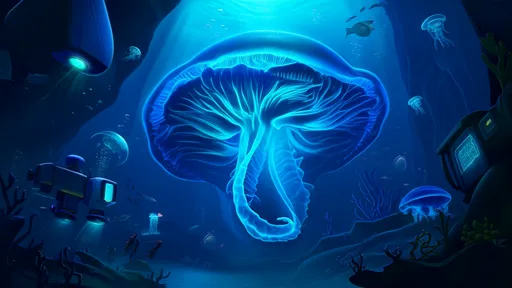
By /Jun 10, 2025
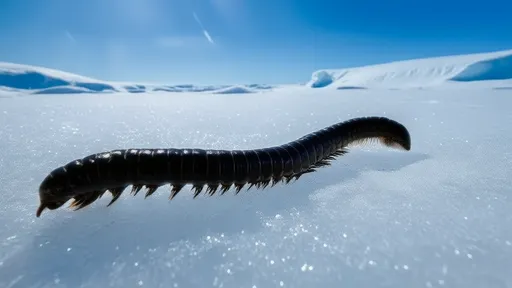
By /Jun 10, 2025
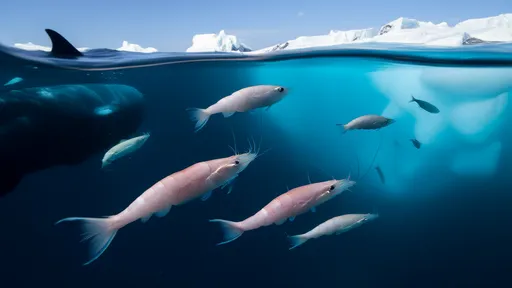
By /Jun 10, 2025
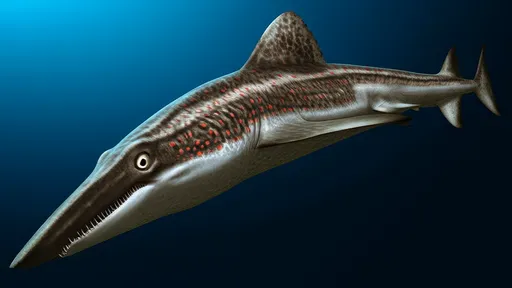
By /Jun 10, 2025
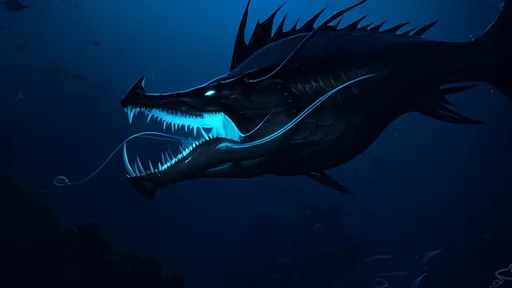
By /Jun 10, 2025
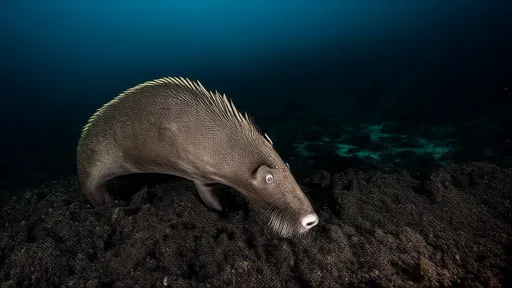
By /Jun 10, 2025
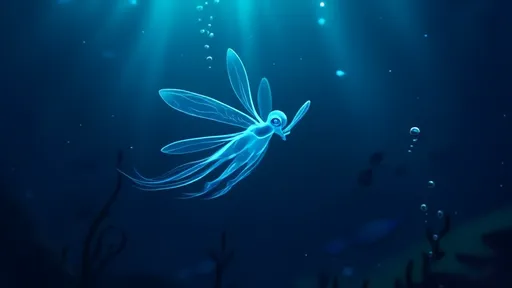
By /Jun 10, 2025
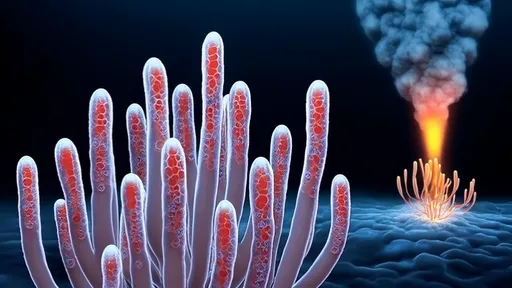
By /Jun 10, 2025
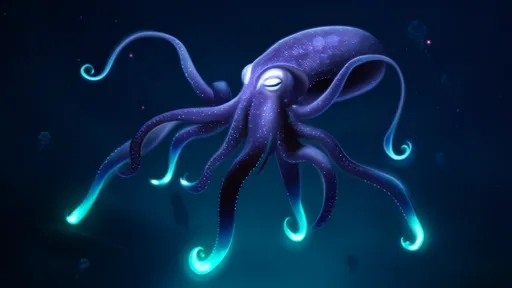
By /Jun 10, 2025
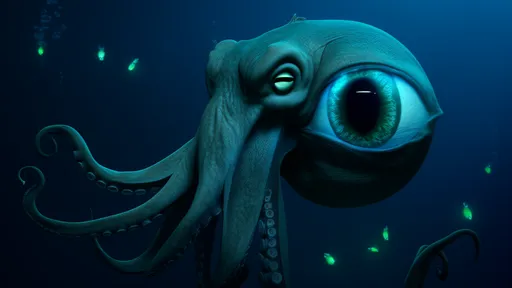
By /Jun 10, 2025
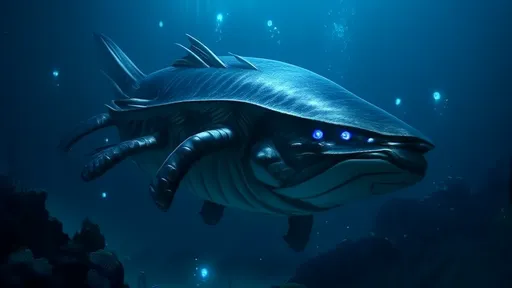
By /Jun 10, 2025
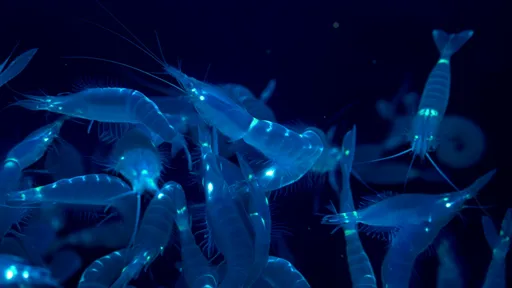
By /Jun 10, 2025
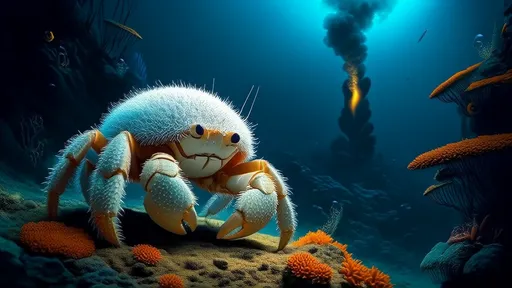
By /Jun 10, 2025
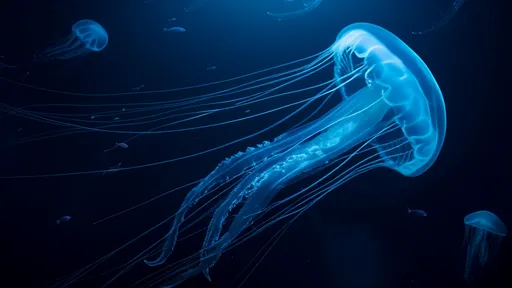
By /Jun 10, 2025
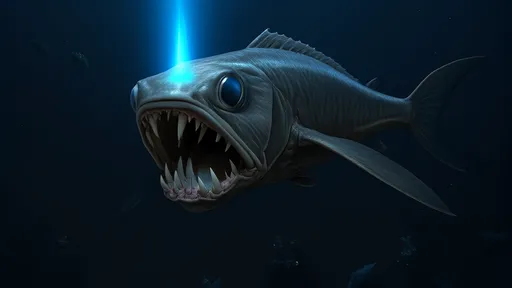
By /Jun 10, 2025